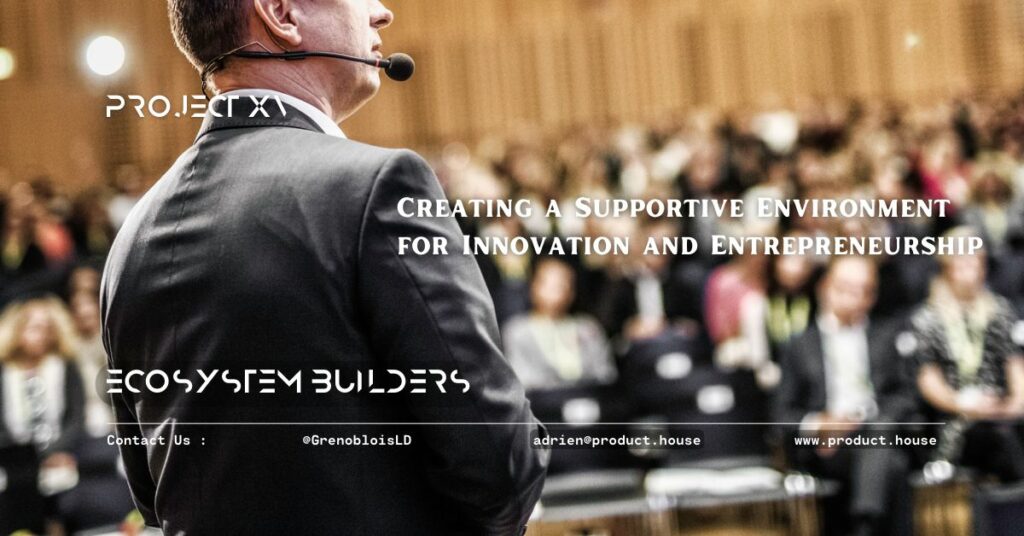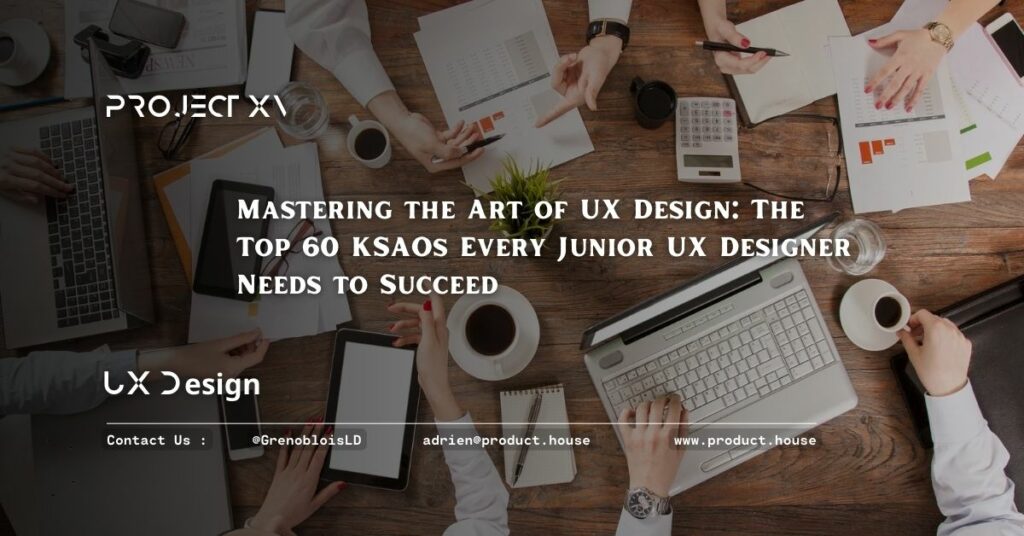A3. The Power of Creative Thinking in UX Design: Innovation, User Engagement, and Business Success

Creative thinking is a vital skill in UX design. It involves the ability to generate new and innovative ideas, and to think outside the box. In this article, we’ll explore the benefits of creative thinking in UX design, and how it can enhance the quality of design work.
Innovation
Creative thinking is essential for innovation in UX design. It involves the ability to generate new and innovative ideas, and to come up with new ways of approaching design challenges.
One of the key benefits of creative thinking is that it can lead to more innovative designs. By being creative, designers can approach design challenges with a fresh perspective, find new and creative solutions to problems, and create designs that are more responsive to user needs.
User Engagement
Creative thinking is also essential for user engagement in UX design. It involves the ability to create designs that are engaging and that resonate with users on an emotional level.
One of the key benefits of creative thinking is that it can lead to more engaging and user-friendly designs. By being creative, designers can create designs that capture users’ attention and make them feel more invested in the product or service.
Business Success
Creative thinking is also essential for business success in UX design. It involves the ability to create designs that are aligned with business goals and that generate positive outcomes for the organization.
One of the key benefits of creative thinking is that it can lead to more successful outcomes for the business. By being creative, designers can create designs that are aligned with business goals and that generate positive outcomes, such as increased user engagement, customer satisfaction, and revenue.
Techniques for Creative Thinking in UX Design
There are several techniques that designers can use to cultivate creative thinking in their work:
- Brainstorming: This involves generating a large number of ideas in a short period of time, without worrying about the quality or feasibility of the ideas.
- Mind mapping: This involves creating a visual representation of the ideas and concepts associated with a design challenge.
- Analogical thinking: This involves using analogies to find new and innovative solutions to design challenges.
- SCAMPER: This involves using a series of prompts to guide the creative thinking process, such as “substitute”, “combine”, “adapt”, “modify”, “put to another use”, “eliminate”, and “reverse”.
- Design thinking: This involves using a human-centered approach to design, which involves empathizing with users, defining the problem, ideating solutions, prototyping and testing.
Conclusion
In conclusion, creative thinking is a valuable asset for success in UX design. It enables designers to create innovative designs, engage users more effectively, and generate positive outcomes for the organization. Therefore, it’s important for designers to cultivate and maintain a strong ability to think creatively in their work.





